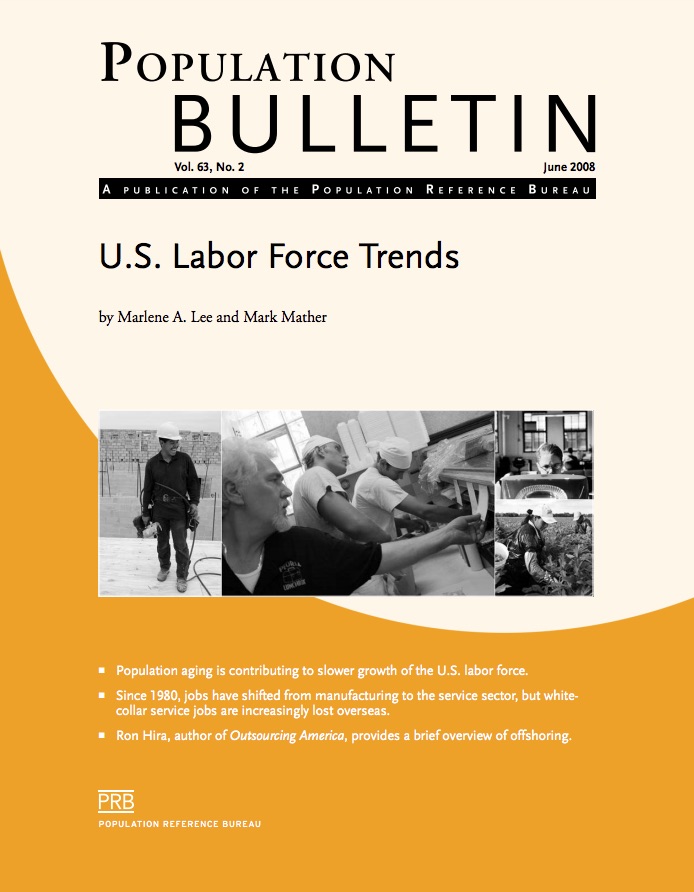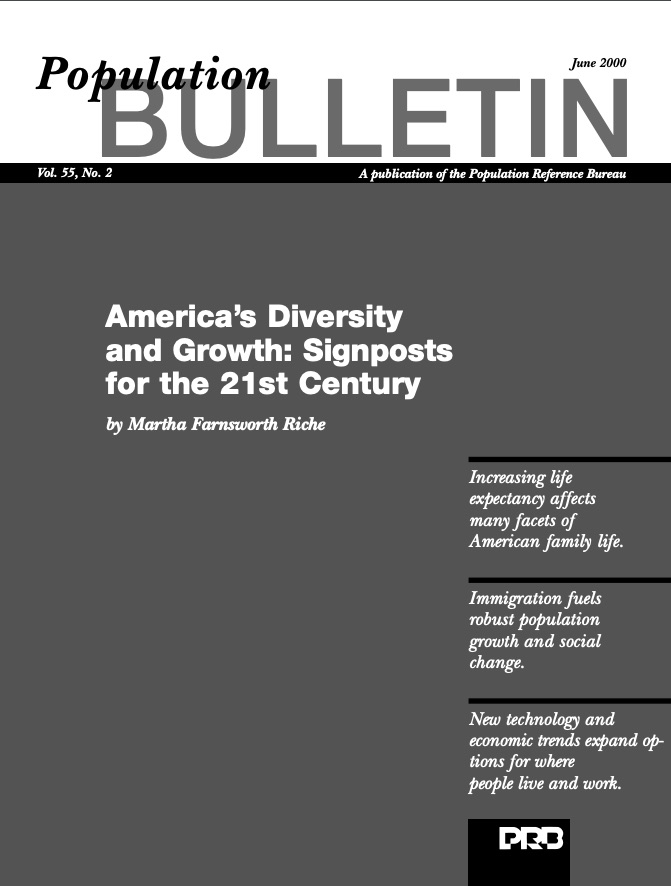U.S. Labor Force Trends
(2008) During the past four decades, baby boomers coming of age and the rise in women's labor force participation increased the size of the U.S. labor force which, in turn, helped fuel economic growth.

(2008) During the past four decades, baby boomers coming of age and the rise in women's labor force participation increased the size of the U.S. labor force which, in turn, helped fuel economic growth.

Project: Demography and Economics of Aging and Alzheimer’s Disease
As the large baby boomer population ages, the total number of people with dementia in the United States will rise.

Households in the food assistance program made healthier food purchases in 2020, additional research shows
(2012) The countries known as the "Asian Tigers" are good examples of the advantages to be gained when changes in fertility can be a springboard for economic growth. (The Asian Tiger countries are Hong Kong, Indonesia, Malaysia, Singapore, South Korea, Taiwan, and Thailand.)

New research helps explain the factors behind why Hispanic people in the United States tend to live longer than other Americans

Project: PACE: Policy, Advocacy, and Communication Enhanced for Population and Reproductive Health
Featured indicators include the percentage of married women using modern and traditional family planning methods, unmet need for family planning, use of modern contraception by wealth group, and demand for family planning satisfied by modern methods.

(2000) At the beginning of the 21st century, demographic trends seem to many Americans to signal new, potentially disquieting changes in the U.S. population.